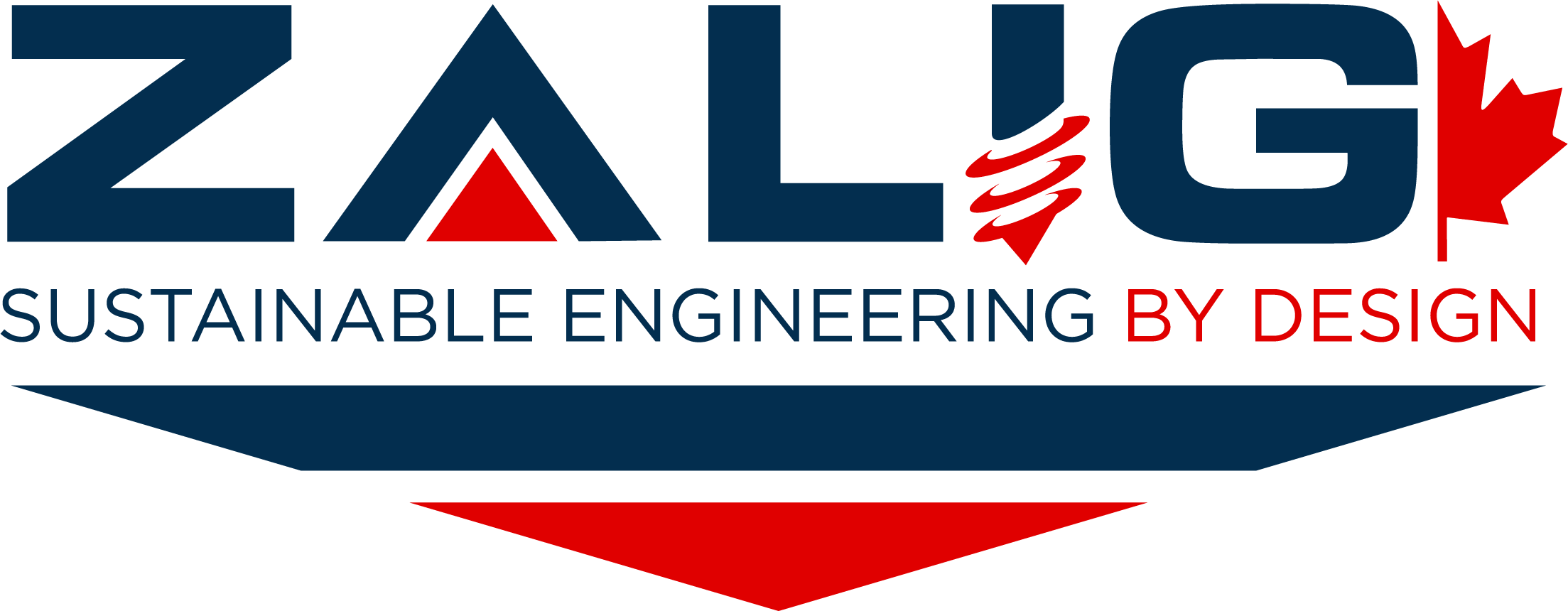- Cone Penetration Test
Cone Penetration Test (CPT) is a geotechnical investigation method used to determine the soil parameters and characteristics at a specific site. The results of CPT tests can be used in geotechnical design to evaluate the soil behavior and to determine the design parameters for foundation and other geotechnical structures. Here is a step by step guide on how to use CPT results in geotechnical designs:
- Collect and review the CPT data: The first step is to collect the CPT data from the site. The data typically includes the cone resistance (qc), sleeve friction (fs), and pore pressure (u2) at various depths. It is important to review the CPT data to ensure that it is complete and accurate.
- Determine the soil type and behavior: The CPT data can be used to determine the soil type and behavior at the site. This can be done by comparing the CPT data to published correlations or by using soil classification systems such as the Unified Soil Classification System (USCS) or the Canadian System of Soil Classification (CSSC).
- Determine the design parameters: Once the soil type and behavior have been determined, the next step is to determine the design parameters for the geotechnical structure. These parameters may include the allowable bearing capacity, settlement, and lateral earth pressure.
- Evaluate the soil-structure interaction: The CPT data can be used to evaluate the interaction between the soil and the geotechnical structure. This may include determining the soil-structure stiffness ratio and evaluating the lateral earth pressure on retaining walls.
- Use the CPT data in design: The CPT data can be used in the design of foundations, retaining walls, and other geotechnical structures. The data can be used to determine the required depth and size of the foundation, as well as the lateral earth pressure on retaining walls.
- Perform a sensitivity analysis: It is important to perform a sensitivity analysis to evaluate the impact of uncertainties in the CPT data on the geotechnical design. This may include evaluating the effect of variations in soil properties on the design parameters.
- Monitor the performance of the structure: The CPT data can be used to monitor the performance of the geotechnical structure over time. This may include comparing the measured soil parameters to the design parameters to ensure that the structure is performing as expected.
Overall, agricultural science and geotechnical research are closely related fields that have a number of significant overlaps in terms of their focus on soil science, land use and management, environmental impacts, and water management.
At ZALIG, we offer a wide range of quality geotechnical, environmental, material testing, transport, survey and hydro-technical engineering services to clients in both the public and private sectors. Operating from our base in Western Canada, our industry-leading experts set the pace in various geotechnical, environmental, and construction service markets. If you need geotechnical engineering services in Alberta, we've got you covered! Get in touch with us today and let's talk about your project!
